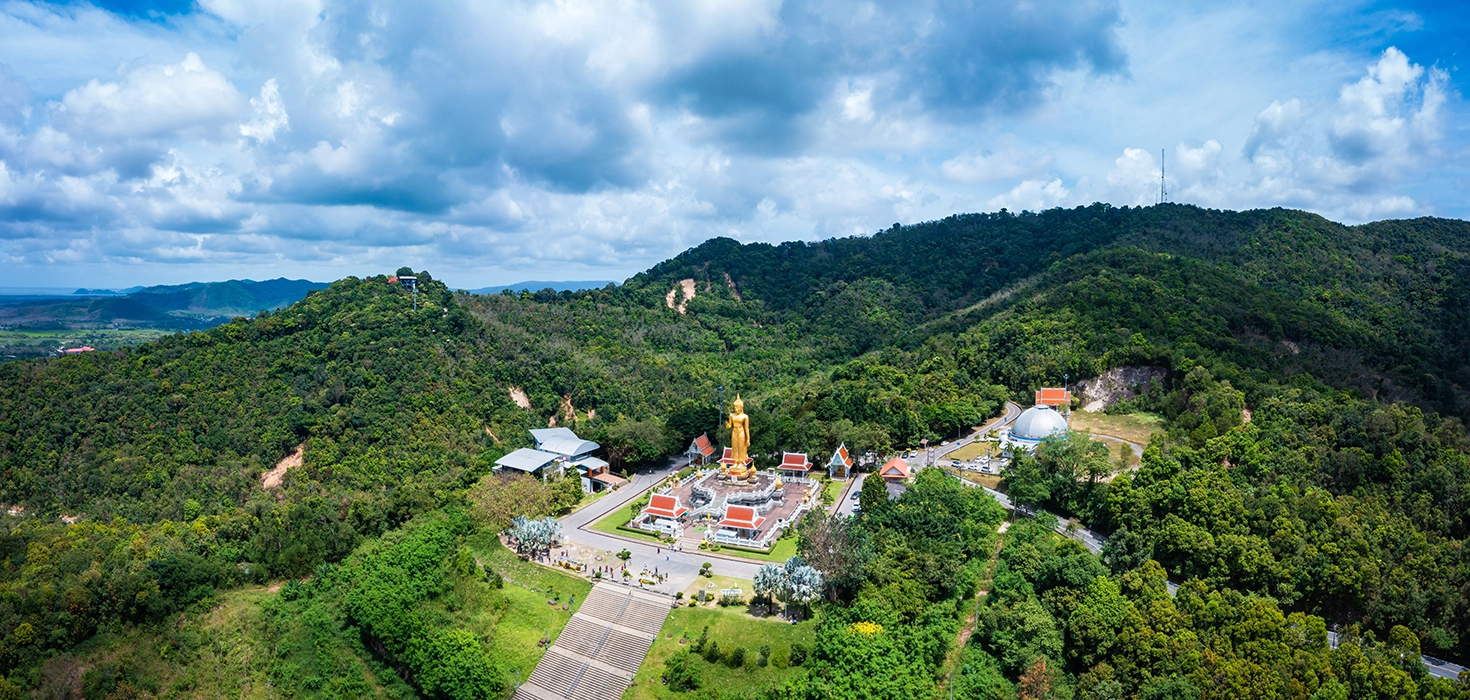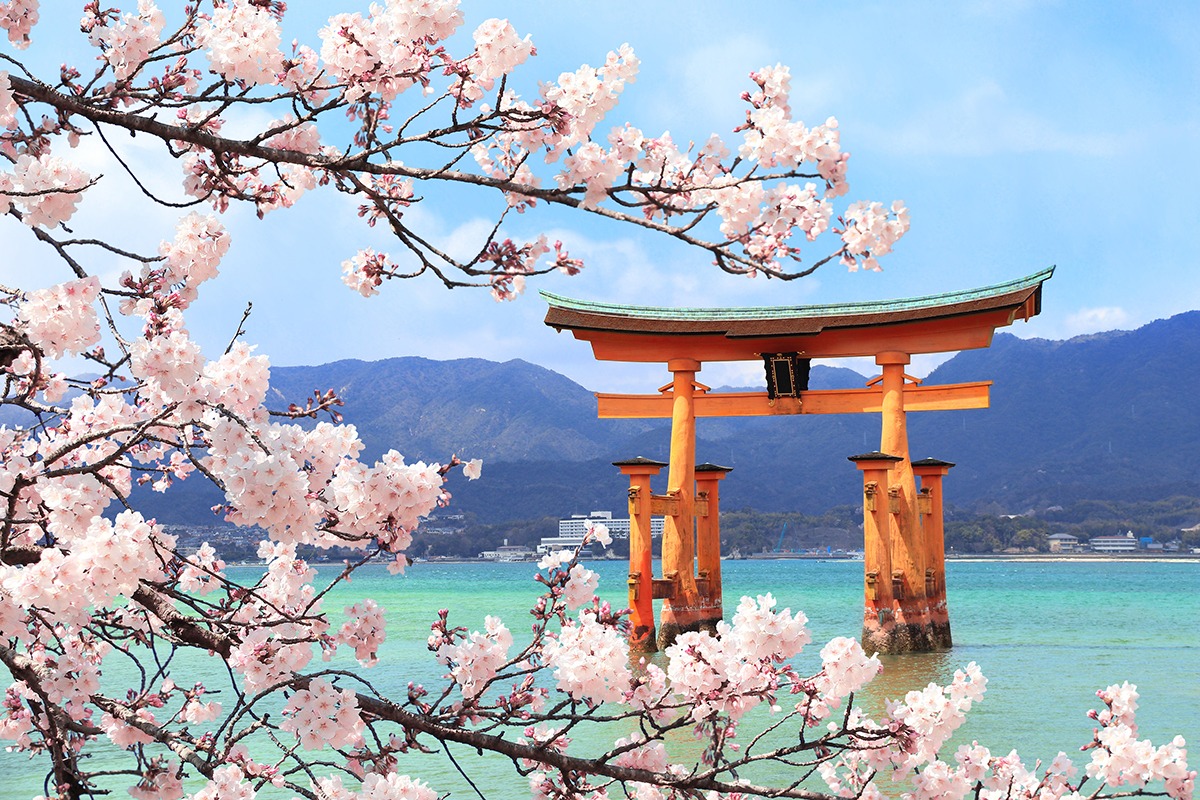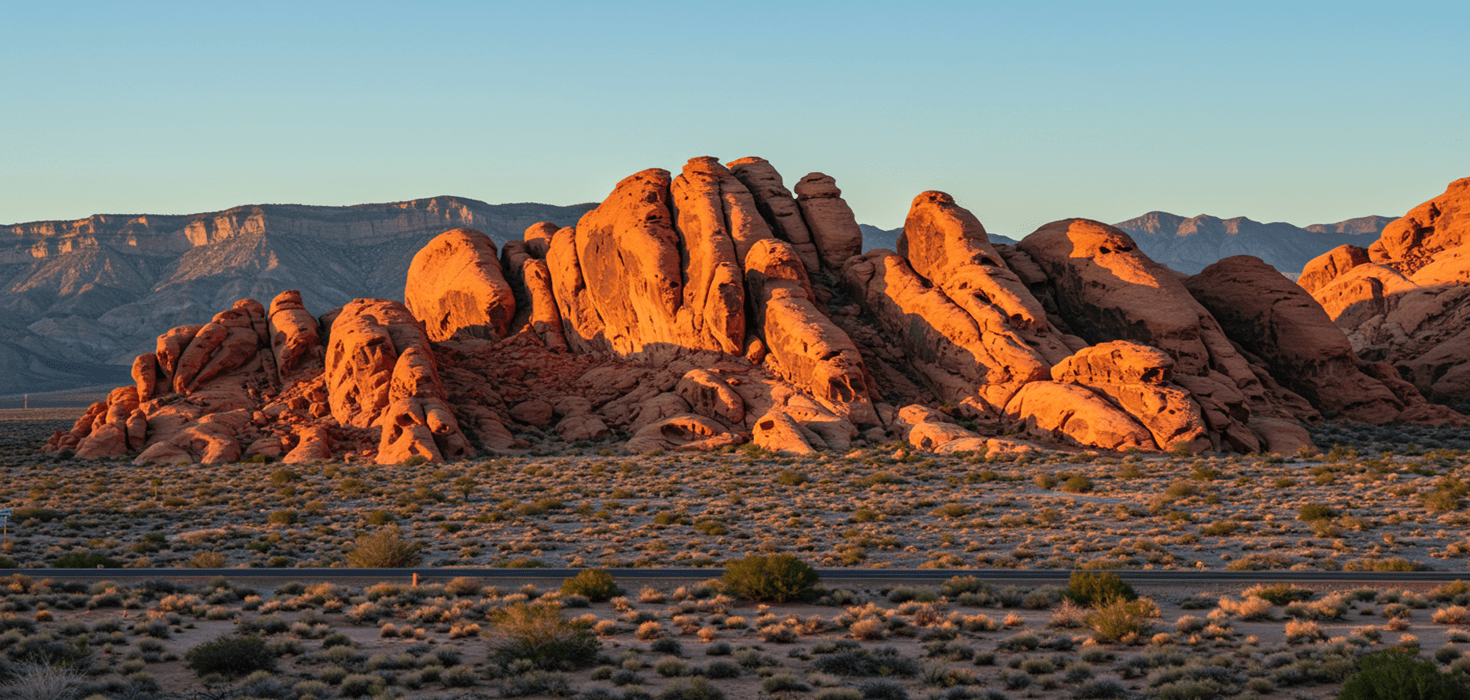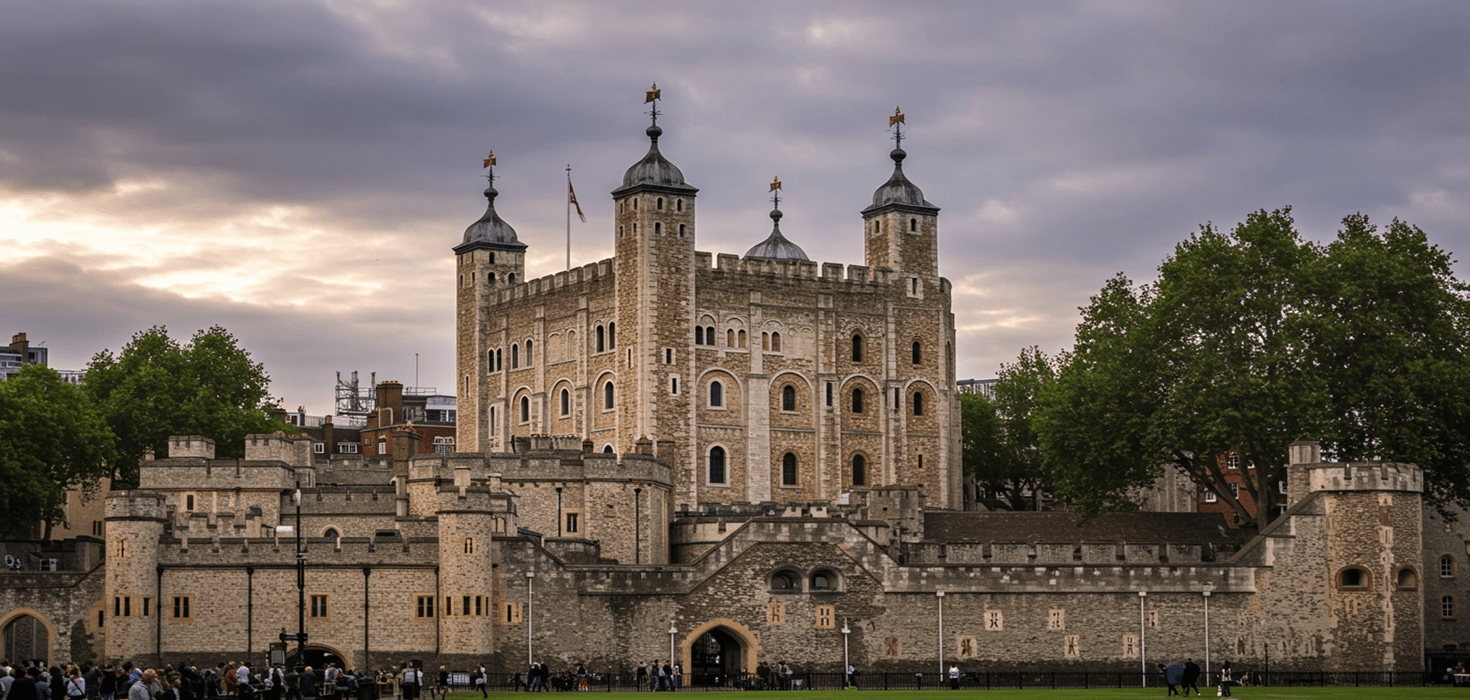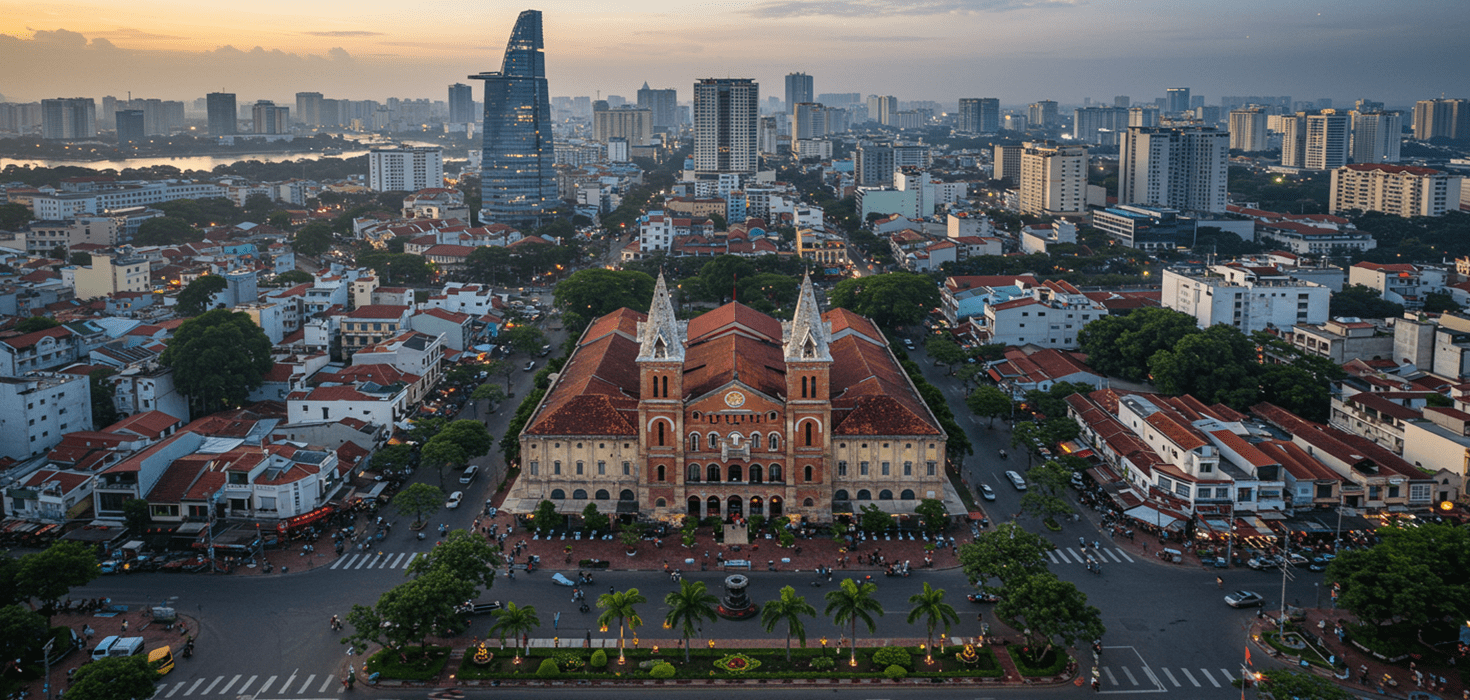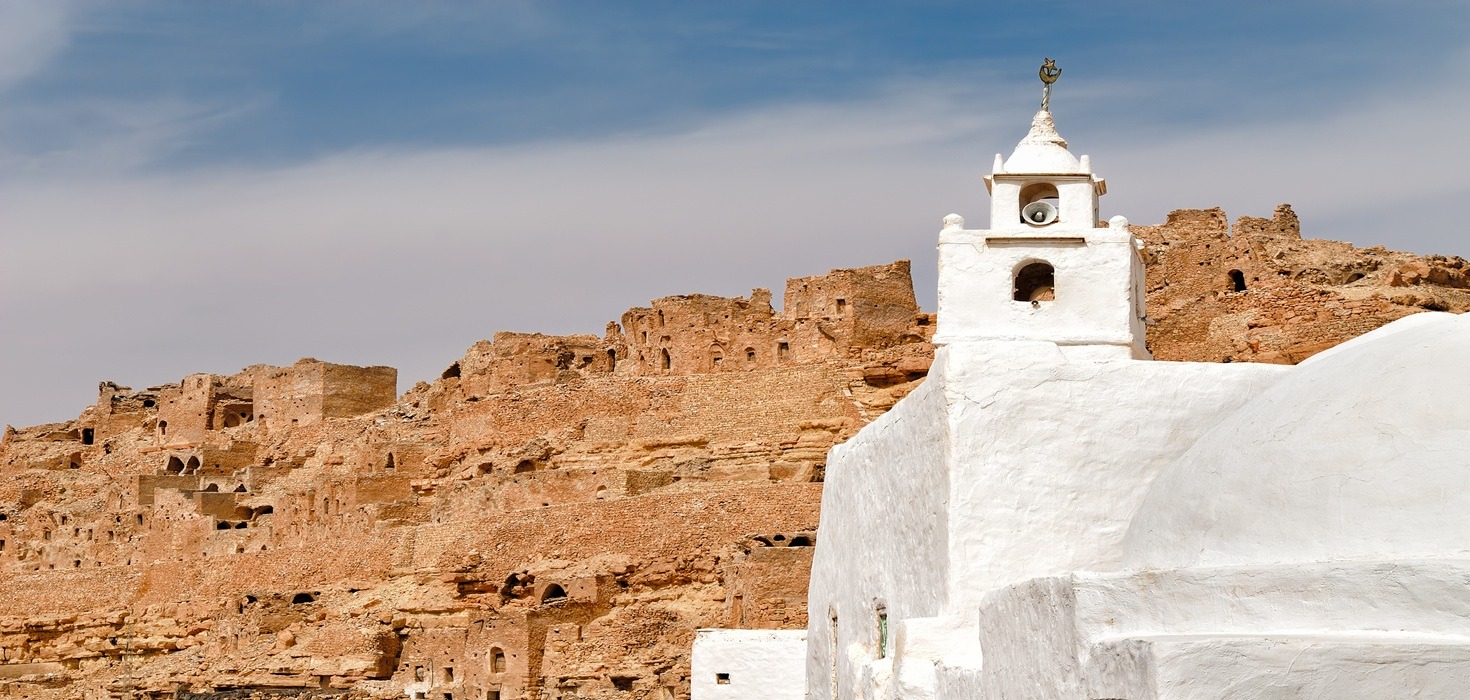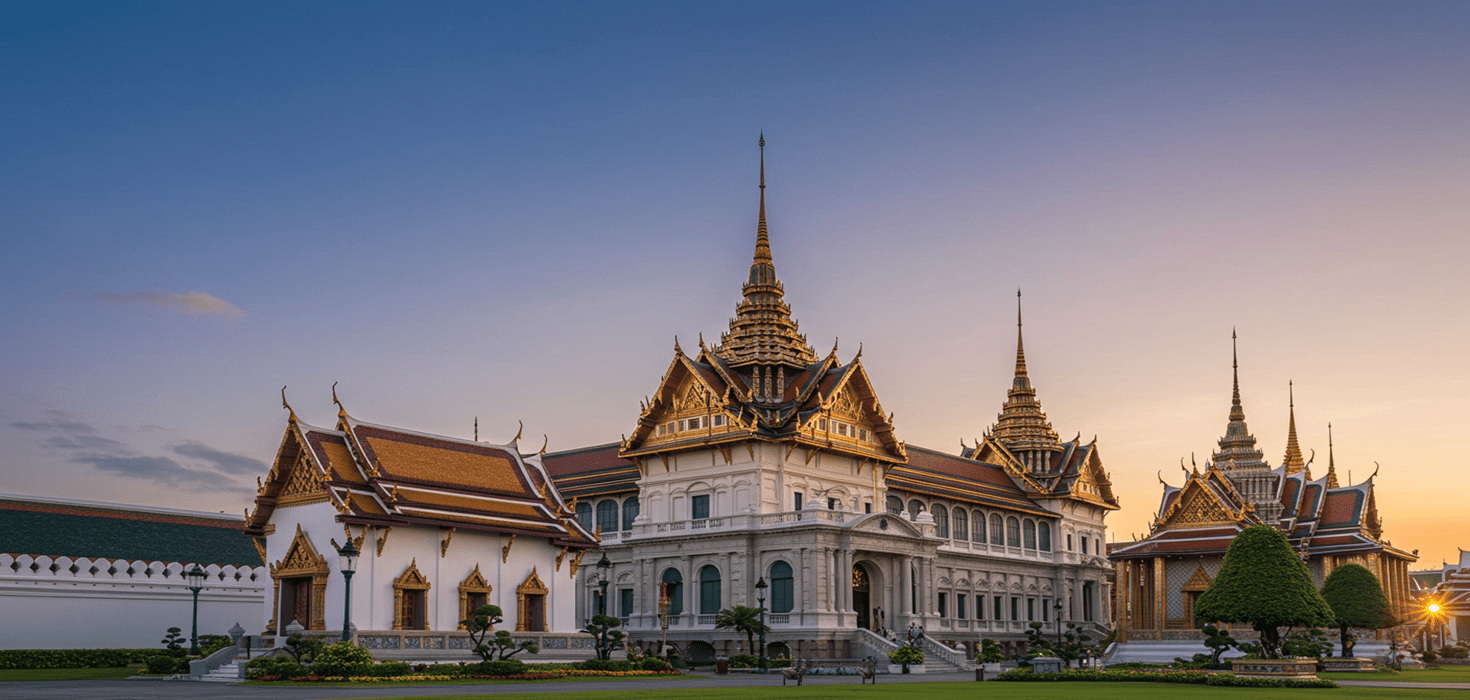Welcome to an enchanting journey through one of Japan’s most revered sites, the Itsukushima Shrine on Miyajima Island in Hiroshima. This UNESCO World Heritage site is renowned for its iconic floating Torii gate and rich cultural heritage. Whether you’re a history buff, a photography enthusiast, or simply looking to immerse yourself in Japan’s spiritual traditions, Itsukushima Shrine offers an experience that’s both awe-inspiring and profoundly serene.
A Brief History of Itsukushima Shrine
Dating back to 593 AD, Itsukushima Shrine stands as a testament to Japan’s spiritual and architectural ingenuity. Often referred to as the “Floating Shrine,” it was built on the sacred island of Itsukushima (also known as Miyajima), which is revered as a deity itself. The shrine was dedicated to the three daughters of Susano-o no Mikoto, the Shinto god of seas and storms. Its unique construction over water symbolizes its connection between the divine and the terrestrial world.
Getting to Itsukushima Shrine
Reaching the Itshukushima Shrine is an adventure in itself. Start from Hiroshima city, where you can take a train to Miyajimaguchi Station. From here, a short ferry ride takes you to Miyajima Island, home to the shrine. The entire journey is scenic, offering breathtaking views of Hiroshima Bay. Trains and ferries run frequently, making it a convenient day trip for travelers.
Exploring the Shrine Complex
The Floating Torii Gate
The most iconic feature of Itsukushima Shrine is undoubtedly the floating Torii gate. During high tide, it appears to be floating on water, creating a mystical and ethereal sight. This gate, standing at 16 meters tall, is made from camphor wood and symbolizes the entrance to the sacred world. Don’t forget to visit the gate during low tide as well, where you can walk up to it and experience its grandeur up close.
Honden (Main Hall)
The main hall, known as Honden, houses the shrine’s primary deities. Its wooden structure, built over the water, creates a beautiful reflection on the bay. The intricate carvings and vibrant red color are symbolic of Shinto traditions. Inside, you’ll find various altars and offerings made by visitors seeking blessings and good fortune.
Performing Arts Stage
The shrine complex also includes a traditional Noh theatre stage, where visitors can watch performances of Japan’s classical dance-drama. These performances are held during festivals and special occasions, bringing ancient stories to life through disciplined movement and haunting music.
Best Time to Visit Itsukushima Shrine
The shrine is accessible all year round, though the experience varies with the seasons. Spring offers cherry blossoms that create a picturesque backdrop. Summer is perfect for enjoying nature and hiking trails. Autumn brings vibrant fall colors, and winter offers a tranquil, less crowded experience. Each season brings its own charm, making any time a good time to visit.
Day-by-Day Itinerary
Day 1: Arrival and First Impressions
Start your journey by staying at a hotel in Hiroshima city. Check in early, then make your way to Miyajima Island. Spend the afternoon exploring the island’s charming shops and trying local delicacies like grilled oysters. In the evening, take a leisurely stroll along the island’s coast, breathing in the serene atmosphere as the sun sets behind the floating Torii gate.
Day 2: Shrine Visit and Local Culture
Begin your second day with an early visit to Itsukushima Shrine. Spend the morning admiring the tranquil beauty of the shrine and its surroundings. Take time to walk up to the floating Torii gate during low tide. After a lunch of fresh seafood, head to the Daisho-in Temple, another spiritual site with beautiful gardens and intricate Buddhist statues. End your day with a traditional tea ceremony at one of the local teahouses.
Day 3: Hiking and Nature Exploration
Dedicate your third day to exploring Miyajima’s natural beauty. Hike up Mount Misen for spectacular views of the island and the Seto Inland Sea. Along the way, encounter friendly deer and visit historical sites such as the Reikado Hall. After your hike, relax at one of the island’s hot springs, enjoying the soothing waters and scenic views.
Day 4: Cultural Immersion and Departure
Your final day can be spent indulging in more local culture. Visit the Miyajima Traditional Crafts Center to learn about and possibly create your own traditional Miyajima crafts. Before departing, enjoy a meal of the island’s famed Anago (conger eel) and reflect on the serene, spiritual experiences of your trip.
Culinary Deep Dive
Miyajima offers a culinary experience that’s bound to delight any food lover. The island is famous for its fresh oysters and anago (saltwater eel). Try grilled oysters from one of the many street vendors, or savor them in a traditional Japanese meal set. Don’t miss out on Momiji Manju, a maple leaf-shaped confection filled with sweet red bean paste or custard. It’s a local delicacy perfect for a souvenir.
Festivals and Events Coverage
Itsukushima Shrine hosts several events throughout the year, including the Kikka-sai (Chrysanthemum Festival) in October and the Peach Blossom Festival in April. These events feature traditional music and dance performances, rituals, and a display of elaborate floral arrangements. Plan your trip to coincide with these festivals to experience the shrine in full cultural vigor.
Practical Information for Travelers
Traveling to Itsukushima Shrine can be made smoother with some practical tips:
- Transportation: Take the train from Hiroshima Station to Miyajimaguchi Station followed by a ferry to Miyajima Island.
- Opening Hours: The shrine is generally open from 6:30 AM to 5:00 PM.
- Entrance Fees: Adults: 300 yen; High school students: 200 yen; Junior high and elementary school students: 100 yen.
- Weather Advice: Check weather forecasts and plan your visit during seasons with clear skies for the best experience.
- What to Pack: Comfortable walking shoes, a camera for capturing the scenic views, and respect for the cultural and spiritual norms of the site.
- Cultural Etiquette: Approach the shrine with respect, follow the purification process at the temizuya (water pavilion), and avoid loud behavior.
- Language Tips: Learning basic Japanese phrases can enhance your experience, as English is not widely spoken outside tourist areas.
A visit to Itsukushima Shrine is more than just a sightseeing trip; it’s a pilgrimage into the depths of Japan’s historical and spiritual soul. From the awe-inspiring floating Torii gate to the rich cultural tapestry of Miyajima Island, every moment spent here is bound to leave an indelible mark on your heart. Whether you choose to explore the shrine’s history, savor the local cuisine, or simply bask in the natural beauty, Itsukushima Shrine promises a journey of unforgettable memories and profound serenity. May your travels be blessed and filled with wonder!
